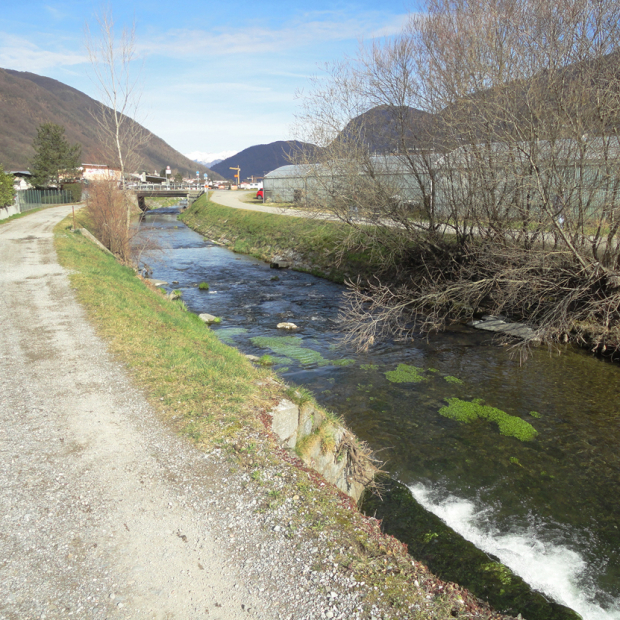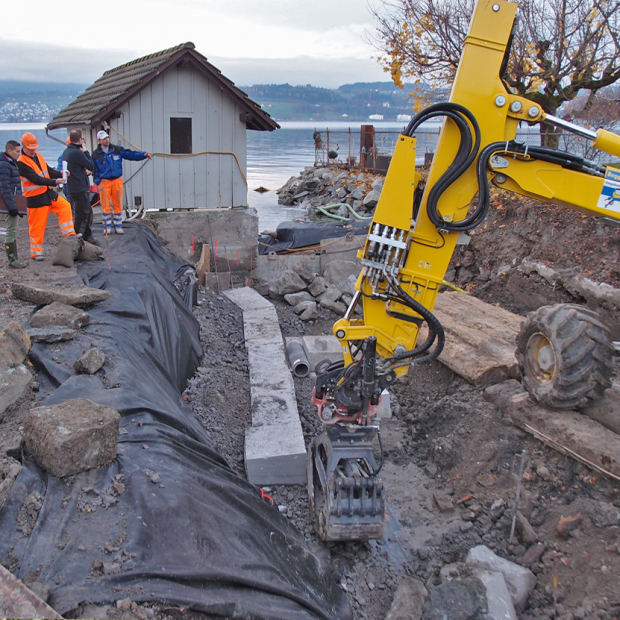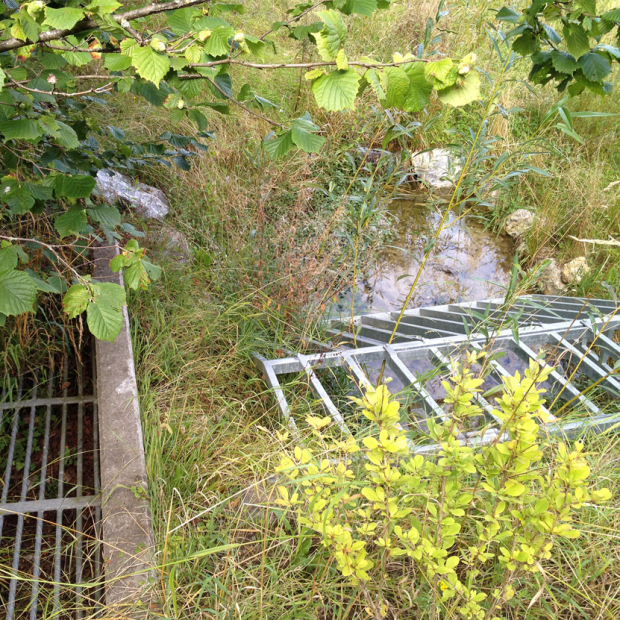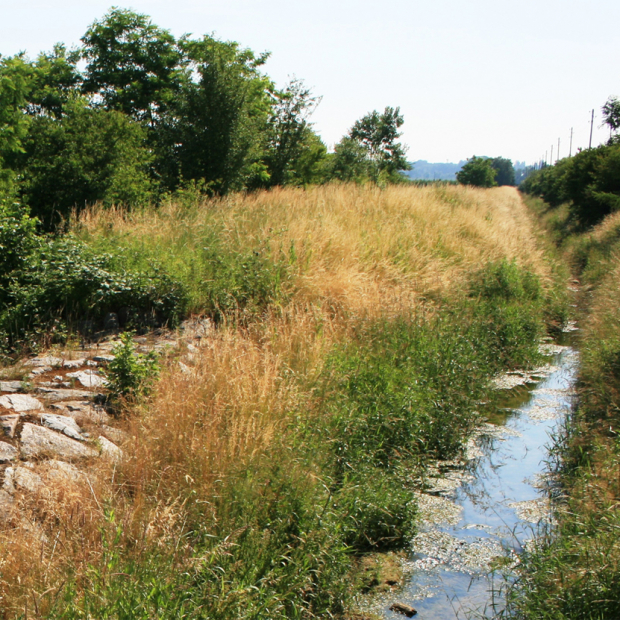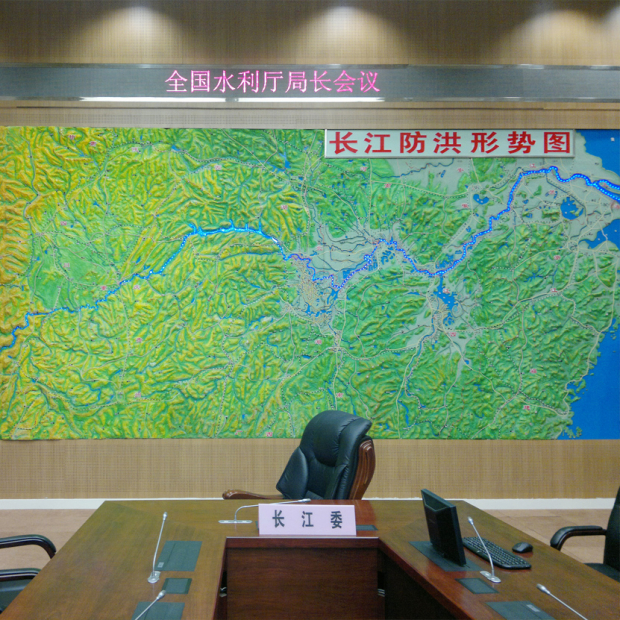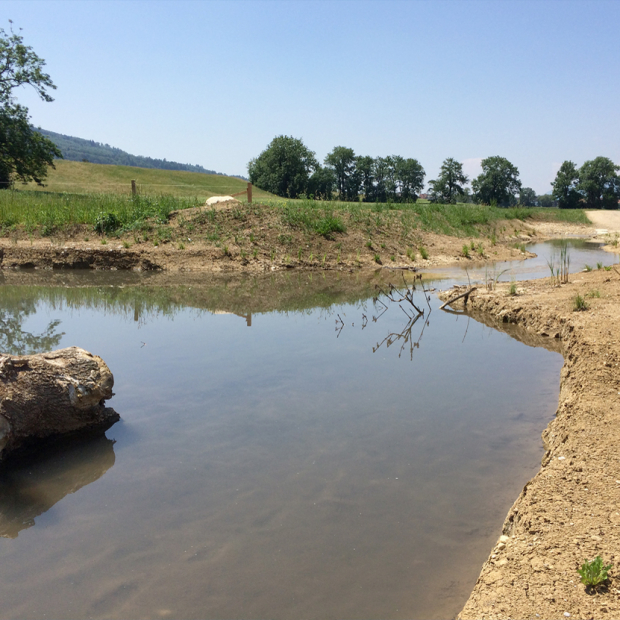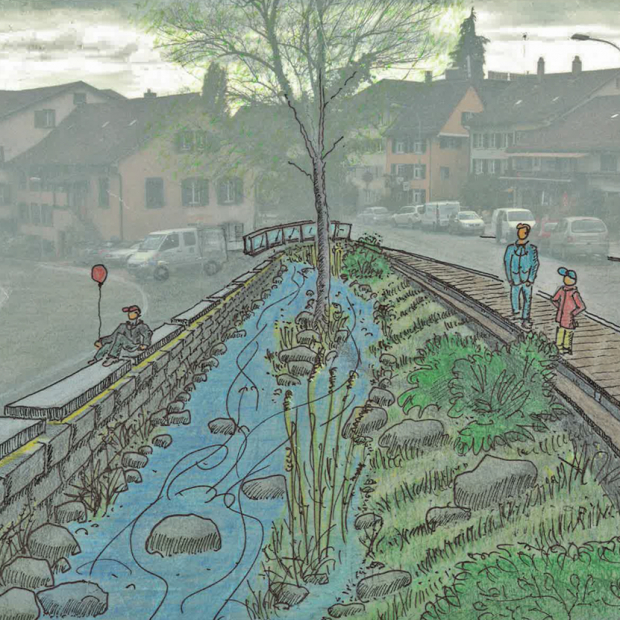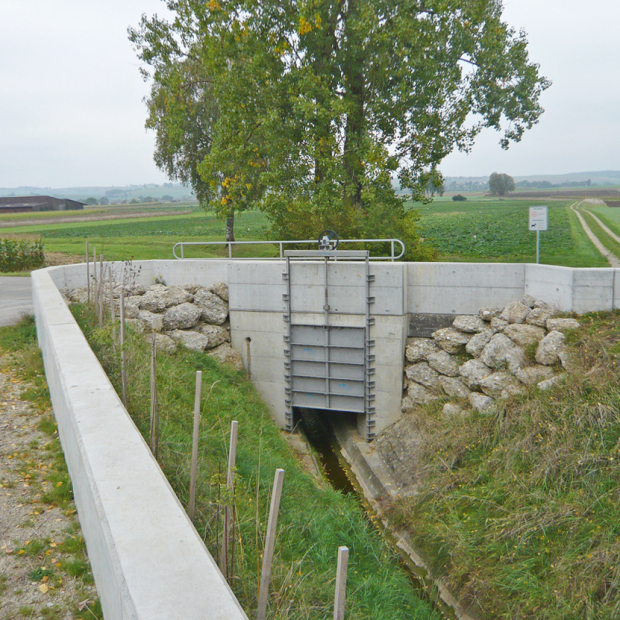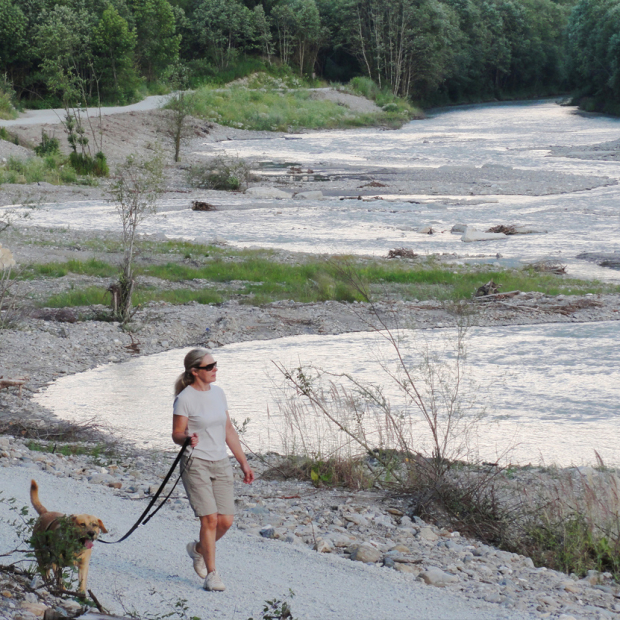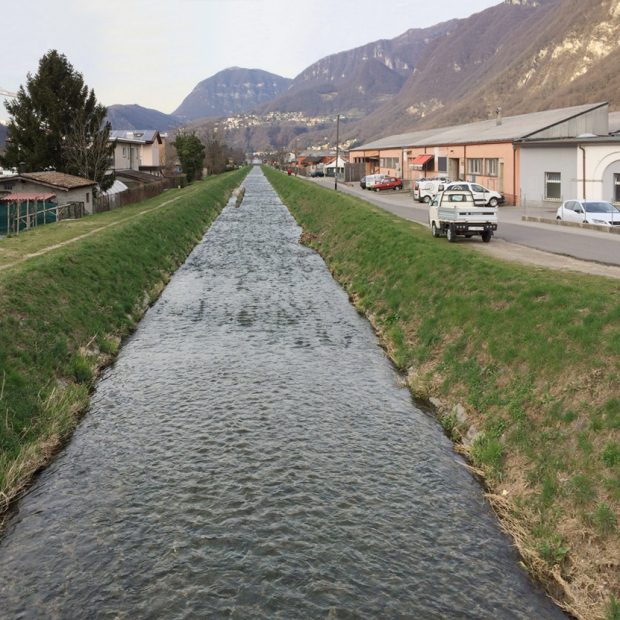
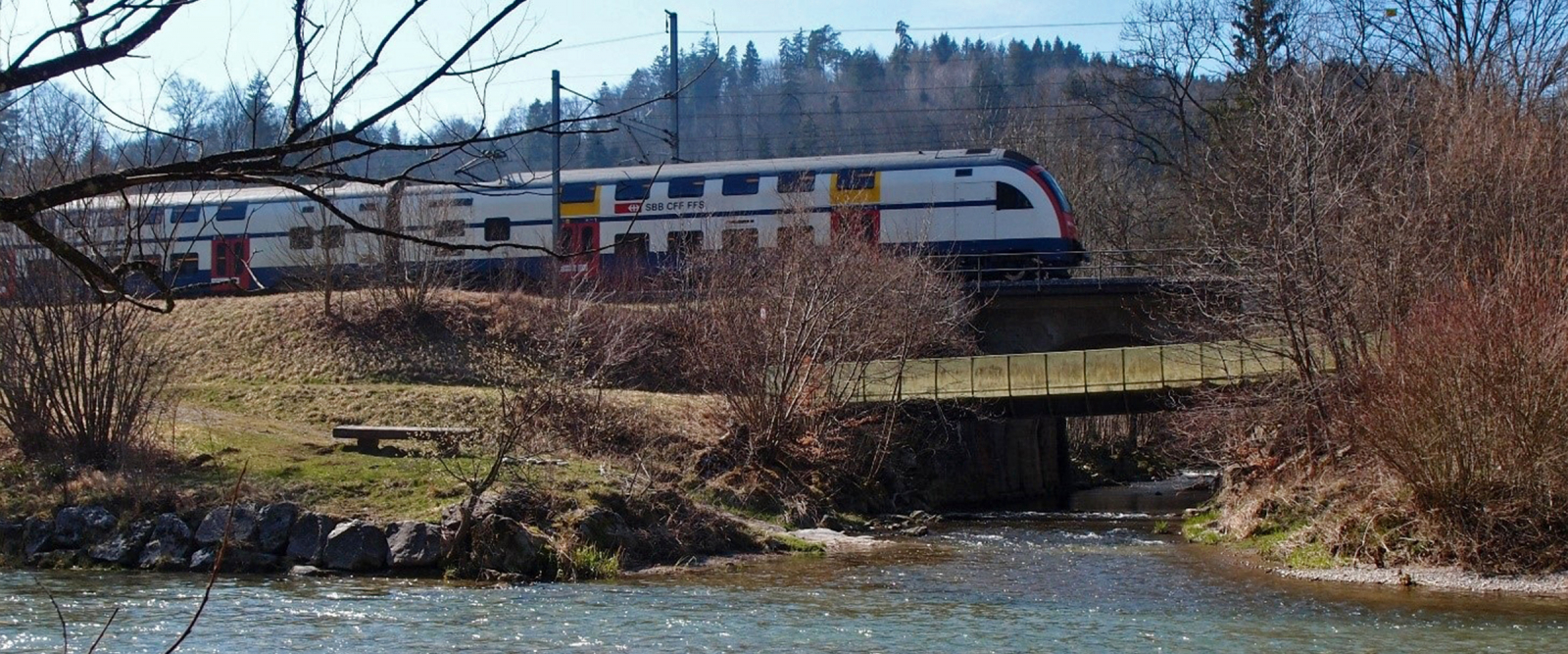
SBB commissions study of best options for Kempt River crossing
EBP has been commissioned in the framework of SBB’s major Brütten Tunnel Project to examine the best options for crossing the Kempt River. To identify and assess the viability of various approaches, EBP has begun a preliminary project involving the use of hydraulic 2D modeling and bedload analyses to provide the necessary flood-protection data.
In the interest of securing greater capacity to keep up with increased demand for rail services, Swiss federal agencies and SBB are undertaking to expand the railway line between Zurich and Winterthur. Working in the context of this major project, known as the Brütten Tunnel Project, EBP is examining various hydraulic-engineering issues in the Winterthur segment of the railway, namely, at a location where the projected route crosses several bodies of water, with the crossing of the Kempt River near the future tunnel port representing a special challenge. The new partially stacked 6-track bridge construction must ensure sufficient river-flow capacity – taking account of flooding, driftwood and bedload shifting – in the narrow strip between the highway and Töss.
Study of the alternatives
In order to ascertain the best possible solution for crossing of the Kempt River, we are currently examining the viable alternatives. The challenges include ensuring proper alignment with the height and disposition of the crossing structure, coming up with a plan that is fully compliant with hydraulic-engineering and flood-protection specifications, and minimizing the impact of the intervention on the aquatic environment, especially given the river’s existing exposure to intense development, including covering structures built for other transportation routes.
Using 2D modeling to assess flood protection
The railway and the new SBB tunnel port in the immediate vicinity necessitate the application of demanding flood-protection criteria. The new tunnel is to remain free of flooding even in the case of an extreme event. To confirm compliance with this specification and to generate other key hydraulic data, we used 2D modeling to assess a comprehensive range of scenarios. Our models take account of various drainage dynamics involving the Kempt and the Töss rivers, as well as possible river-bed changes as a result of future bedload shifting and extreme bedload accumulation from tributaries.
Pilot project
Working in the context of a preliminary project, we are completing our assignment in close consultation with the track planners. The main results include the key data that will enable SBB to plan the crossing structure (height, disposition, span).
Teamwork
In completing the project, we’re working as part of an engineering consortium with the Uster-based dsp Ingenieure + Planer AG and the Zurich-based Locher Ingenieure AG.



